This is when and how you should fertilize your grass — tips from experts
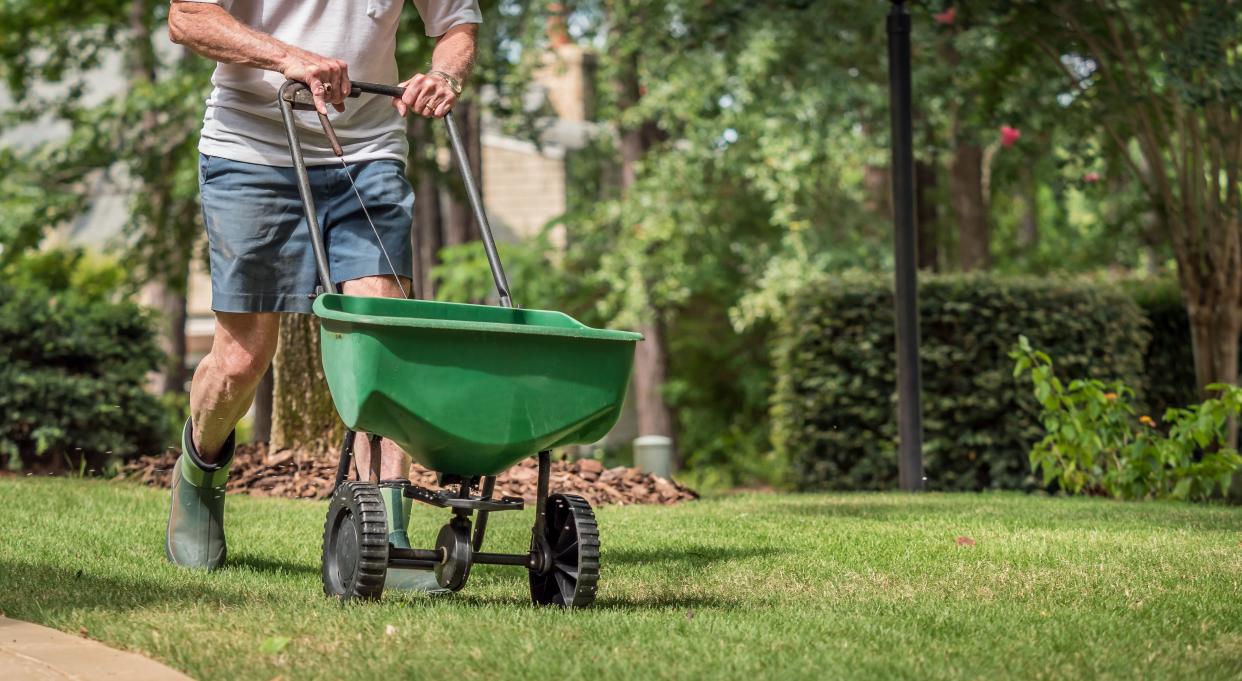
If you want a lush, outdoor space this summer, lawn care is essential. And if you want to know how to make your grass greener, you’ll need to know when and how to fertilize your garden.
Like all plantcare, your lawn also needs the correct nutrients in the soil to give it a healthy boost, and promote growth. To get optimum results, it is useful to know when to feed your lawn with fertilizer and how to apply it to your lawn. In addition, fertilizer helps to prevent diseases, moss, and weed growth.
But while it seems simple enough, we often make mistakes when applying fertilizer to your yard, which can have a detrimental effect on the condition of our lawns in the long term. That’s why we’ve called on the lawn experts to share their top tips on fertiziling your grass the right way, to avoid this common lawncare mistake.
So if you want to maintain a lush, healthy lawn all year, check out these tips on when and how you should fertilize your grass.
How to choose the right fertilizer for your lawn
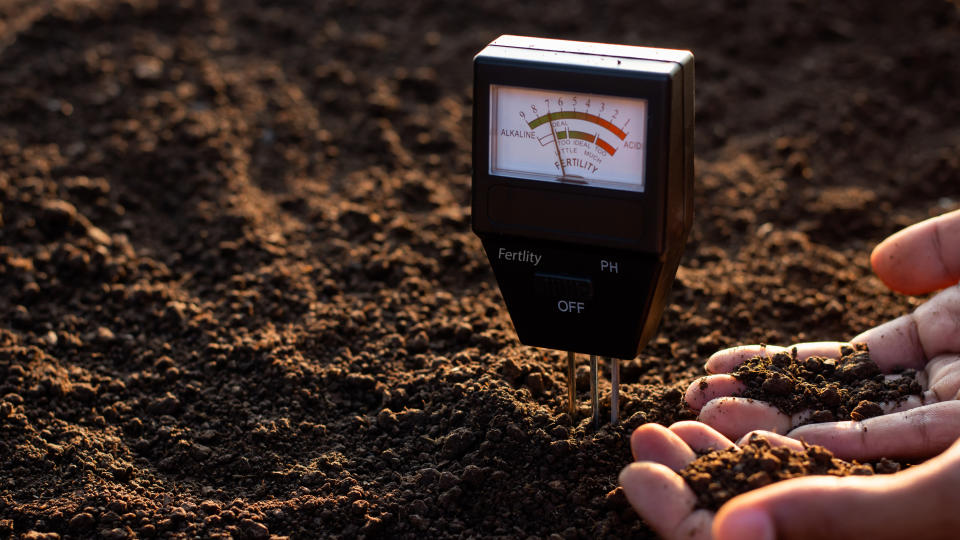
One of the main challenges is to know exactly what type of fertilizer to buy for your lawn. This will depend on a number of factors such as soil condition, location, and the grass type you have.
“Before you begin, you’ll need to know what kind of fertilizer to apply, and this requires a soil test,” says Craig Elworthy, founder of the natural, DIY lawn care company Lawnbright.
“Your soil test will tell you how much and which type of nutrients to add over the course of a season. Nitrogen is crucial for promoting lush, green growth, while phosphorus aids in root development and potassium helps with overall plant health and stress resistance. Selecting a balanced fertilizer or one tailored to the needs of your grass type can help ensure optimal results.”
You can test the pH levels with a soil test kit, like this MySoil Soil Test Kit ($29.99, Amazon), that will indicate what changes you can make to improve conditions.

G & F 1852-3 Women Soft Jersey Garden Gloves: $11 @ Amazon
Combining practicality with pretty, we recommend these women's gardening gloves for an affordable, but dependable accessory. They ranked as the best gloves for small hands in our best gardening gloves test. We found them to be both comfortable and soft, with good dexterity. Plus, you get three colors in a pack which is amazing value for money. View Deal
When is the right time to fertilize your grass?
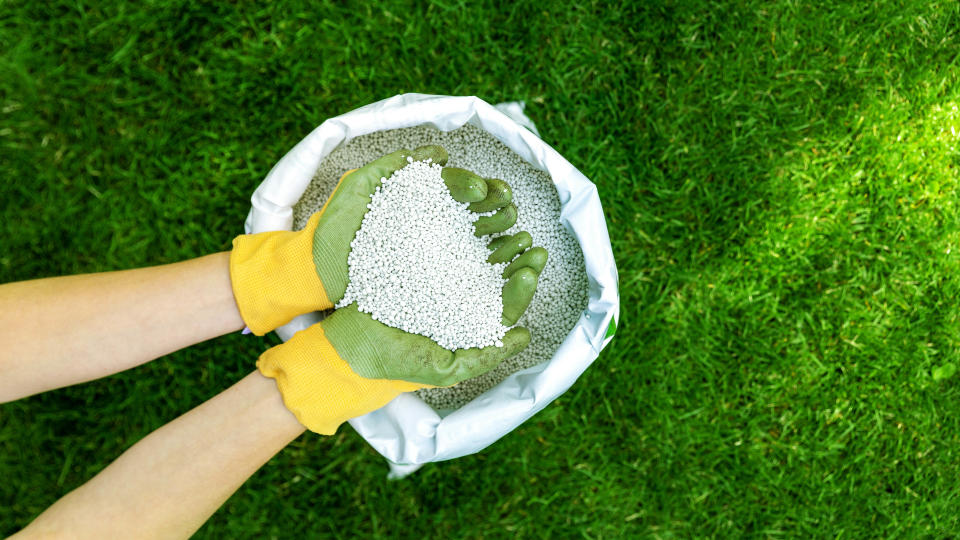
“If you have a cool season lawn (Tall Fescue, Kentucky Bluegrass, or Ryegrass) you will want to fertilize in the late spring and particularly in the fall,” advises Elworthy. “Your lawn does not need much fertilizer in the spring because it will go through a natural ‘flush’ phase, so go easy with your application. I like to use one round of liquid fertilizer and nothing more.”
Should you fertilize during warmer months? “Don’t fertilize at all during the summer, as your lawn is trying to chill out and rest through a period of high stress. I usually use this time to apply bio-stimulants like sea kelp and humic acid to relieve stress and push root growth.
One thing to bear in mind is if you have a warm season grass type, you’ll need to do the exact opposite. “It loves the hot summertime heat, and will grow vigorously throughout June-September. If you have warm season grass, you can feel free to apply fertilizer all summer long, assuming your municipality allows it. Some have ordinances against fertilizing in the summer months - so make sure you’re in compliance with all local laws before applying.”
How often should you fertilize your grass?
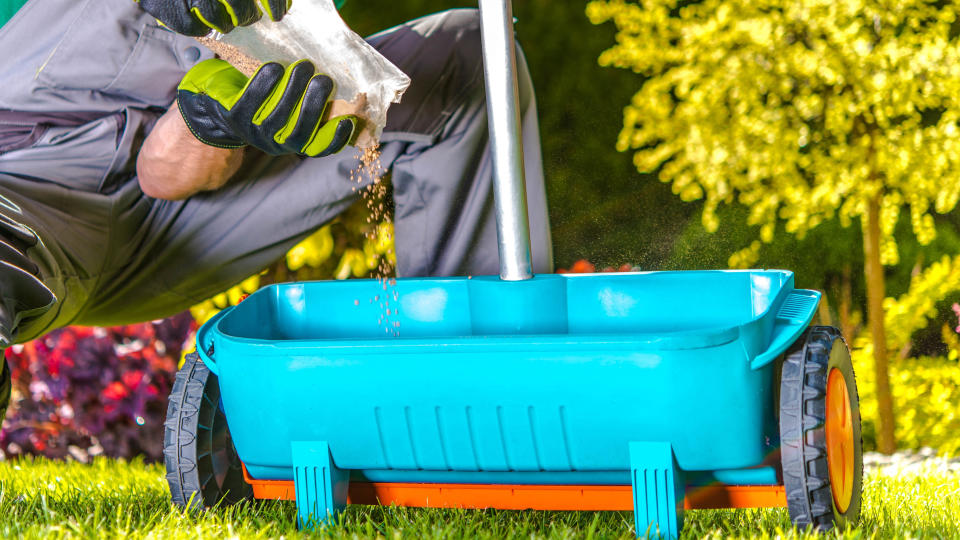
So how often should you fertilize your grass to avoid the risk of over-fertilizing?
"You should fertilize your lawn around three to four times a year to both encourage growth and discourage pests, disease and weeds,” says Jamie Shipley, gardening expert and Managing Director at Hedges Direct. “If you don't have time to feed your lawn quarterly, the most important seasons to target are autumn and spring.
A light spring feed is ideal for most lawns, the thing is not to overdo it as over-fertilizing can lead to heavier weed growth. To fertilize you can either use a fine layer of homemade compost over the grass, or if you have a mulching mower, you can leave a light layer of clippings to naturally provide nitrogen to feed the lawn. Spring lawn fertilizer is also available from most good garden centers or online.
If you'd like to fertilize your lawn on a more regular basis, slow-release fertilizers are effective for six to eight weeks, while fast-release products can be applied every four. If you over fertilize your lawn you could end up with a lawn covered in a dead layer of plant material - known as thatch - which will need to be removed in spring by raking the affected area.”
How to fertilize your lawn
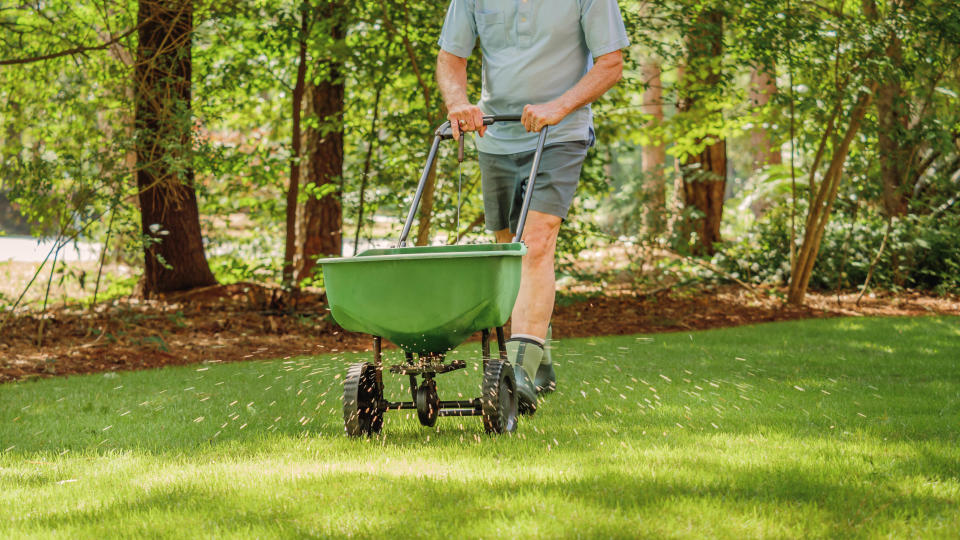
Applying a layer of fertilizer to your grass might seem easy, but there are best practices to ensure that your lawn gets the proper amount of nutrients and growth.
“The first step should be to clear away debris, including fallen leaves, broken twigs and pinecones which will obstruct fertilizer absorb into the soil,” states Shipley. "I also recommend watering your lawn the night before fertilizing, if your lawn looks dry, to help it to absorb the nutrients.”
In addition, a spreader tool will help you to apply the fertilizer evenly, or you can opt for a liquid spray — especially for specific areas or patches that need extra care. Spreaders like this Scotts Turf Builder EdgeGuard Mini Broadcast Spreader ($44, Amazon), are versatile, and can also be used when planting grass seeds.
“Watering your grass lightly with a hose after the application will help the fertilizer absorb into the soil. Or, you could try and time your fertilization just before rainfall. Reading your fertilizer instructions and making a note of how long it lasts will help you achieve the right amount of time between feeds."
